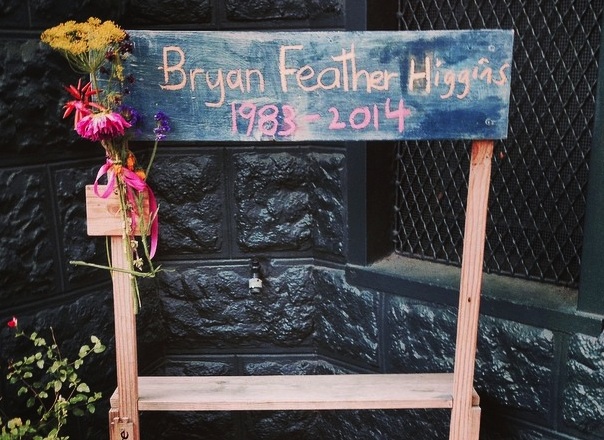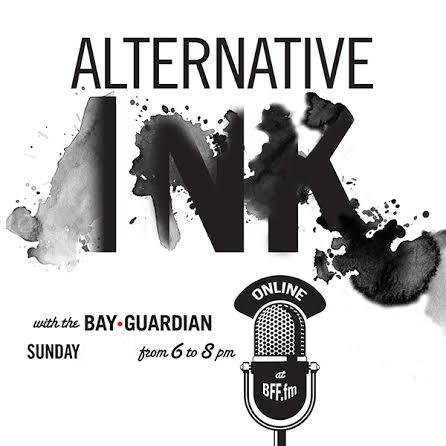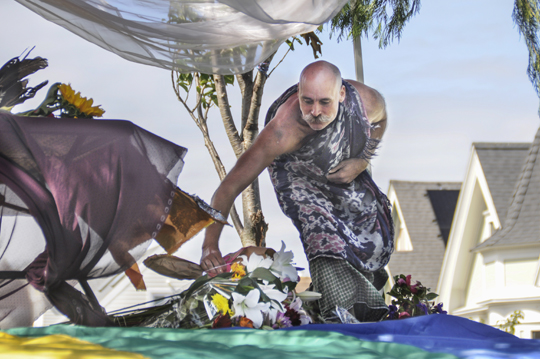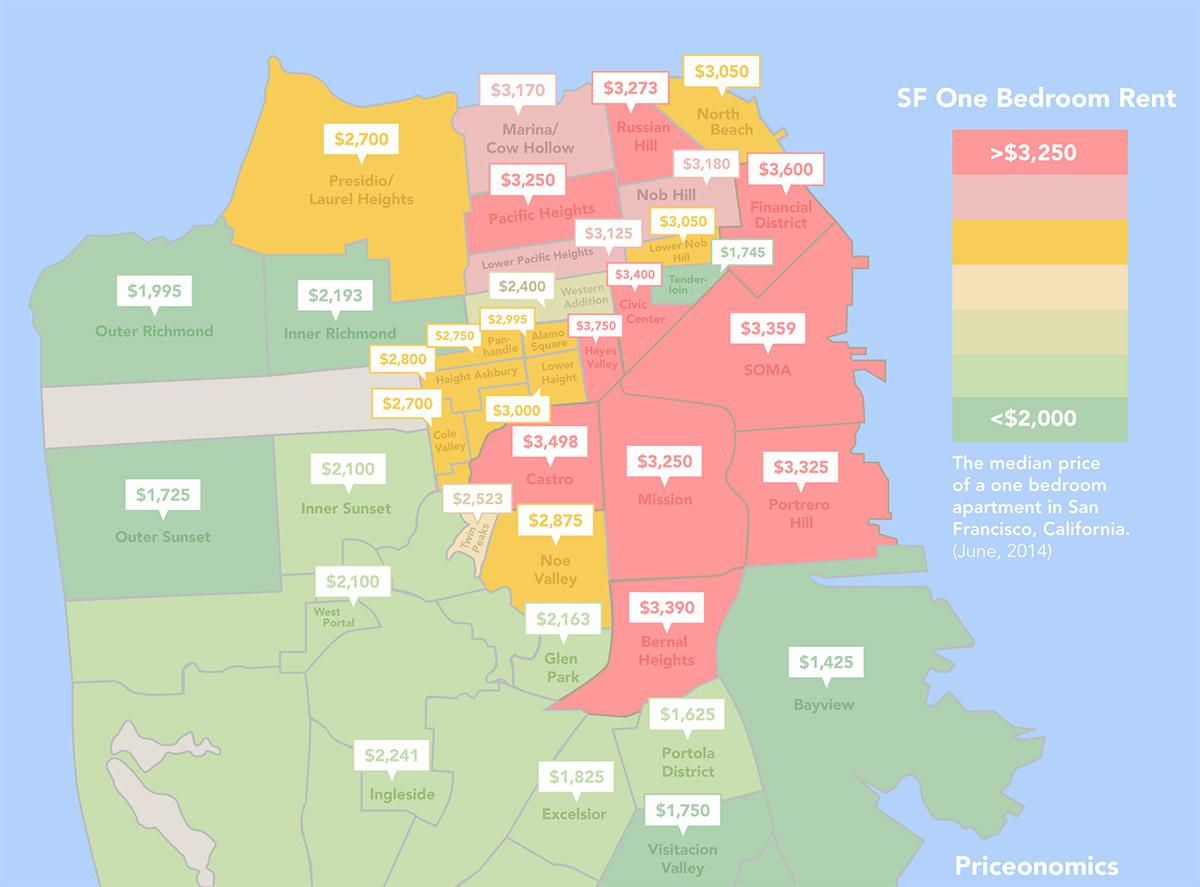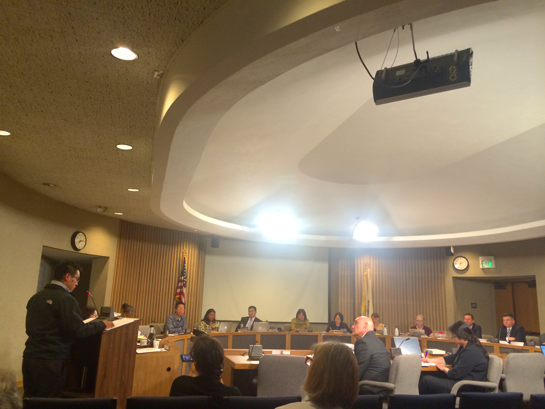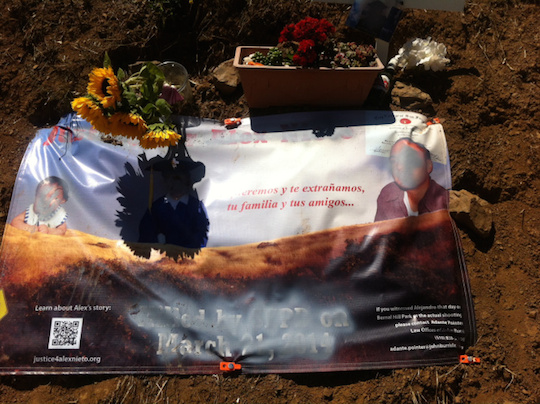House minority leader Nancy Pelosi (D-SF) joined Mayor Ed Lee at a press conference yesterday [Tue 12] at Yerba Buena across from the construction site of a Central Subway station. It was billed as an event highlighting how “San Francisco has been in the lead” on creating middle-class jobs, investing in transportation, and ensuring fair wages for workers.
But as these words in the press advisory leapt out at us, we at the Bay Guardian responded with raised eyebrows. Really? It has?
The point of this media appearance, we learned upon arrival, was to promote House Democrats’ newly unveiled Middle Class Jumpstart agenda – a legislative package floated to bolster the middle class, in advance of the upcoming midterm election. Pelosi and Lee also sought to highlight the Central Subway as a transportation infrastructure project that’s spurring middle-class job creation (The $1.6 billion Central Subway project has also spurred mystifying questions as to how the money is actually being spent, but that’s a different story).
Creating middle class jobs
The message was clear: San Francisco Democrats are here to support the middle class. But that’s a tough sell. Everyone knows that the middle class is vanishing from San Francisco as skyrocketing property values make it increasingly untenable for middle-income earners to reside here.
Instead, recent studies have shown that what’s really on the rise is income inequality: Even the San Francisco Chronicle pointed out that the city’s own customized Gini Coefficient, a formula used to measure wealth distribution, puts San Francisco on par with Rwanda in terms of its economic inequality.
Earlier this year, a Brookings Institute report found that the income gap between the city’s rich and poor is growing faster than in any other US city.
We asked Lee about that growing income inequality trend at the press conference.
Here’s what he said in response: “These union jobs – and [Building Trades Council Secretary-Treasurer] Mike Theriault knows this better than anybody else here – are middle class jobs for all workers that just want to earn their way forward. And I think the more projects that we have that are infrastructure related, that are transportation related, that are water infrastructure related … are all part of reestablishing and making sure that we don’t lose that middle class. … I think in San Francisco, we simply need to do more, and part of my responsibility is to build enough housing aimed at that sector, along with helping our low-income families.”
So if you want to be on a public-works construction crew, there may be hope. Except if you live in the Bayview, where unemployment stands at a stark 17 percent as compared with the citywide level of 4.5 percent, where it appears these opportunities still aren’t resulting in job creation.
That Lee mentioned building new housing is interesting, too, given that he recently came under fire by for intervening to weaken an affordable housing measure proposed by Sup. Jane Kim for the November ballot. His agenda has sought to advance a goal of building 30,000 new housing units, but Kim’s proposal would have further strengthened the city’s commitment to building affordable housing.
Investing in transportation
Central Subway construction may well have created union jobs – but the decision to emphasize transportation funding as a solution for saving San Francisco’s middle class seems to ignore Lee’s backlash against San Francisco Sup. Scott Wiener for advancing a ballot measure to automatically increase funding for Muni in correlation with population growth, a significant public transit investment.
As the Guardian previously reported, Lee went so far as to issue memos calling for possible budget cuts as payback for Wiener’s bid to increase transit funding. But when we asked the mayor what his position was on the measure, which will appear on the ballot as Proposition B, he said he didn’t have a position on it.
“My big focus on transportation is trying to get the $500 million Proposition A because that requires two-thirds, which his does not, and I need to focus my full attention on passing that transportation bond,” Lee told us. “I’m not going to spend a whole lot of time on Proposition B, to be quite candid with you. … At this point, I’m not prepared to [take a position] because I don’t want it to be confusing for the public … and in a few months, I think you’re going to see some departments have to come back with revised budgets, to the non-delight of nonprofits, and programs that we had all agreed to fund.”
Ensuring fair wages for workers
Throughout the press conference, Lee and Pelosi repeatedly trumpeted a November ballot measure that seeks to raise the city’s minimum raise to $15 an hour by 2018. But it should be noted that this measure is a watered-down version of an earlier proposal put forward by a progressive coalition that hoped to get workers $15 an hour a year earlier.
It was scaled back after Lee convened a stakeholder dialogue to hash out a “compromise” measure, ostensibly to avoid a ballot battle between the bolder progressive measure and a competing proposal that business interests had contemplated rolling out to thwart the passage of a wage hike they deemed unacceptable. Technically, the measure headed to the ballot still holds the promise of designating San Francisco as having the highest nationwide minimum wage. But as a point of comparison with other cities where minimum-wage hikes are moving forward, median rent in Seattle is $1,190 – while median rent in San Francisco is $3,200.
Pelosi: “Income inequality is a reality”
Finally, in response to our question on income inequality, Pelosi also decided to weigh in, delivering a very depressing history lesson.
“The income inequality is a reality, it’s a growing gap, it’s something that must be addressed,” she said, mentioning a proposed change to the federal tax code that would prevent CEOs from taking tax write-offs if they increased CEO pay by $1 million annually without also increasing workers’ wages. “What’s happening now, it’s important to note, this is structural,” Pelosi said. “It’s not anecdotal. It’s real. Go back 40 years ago, the disparity between the CEO and the workers was about 40 times. … And as productivity rose, CEO pay rose, and workers’ pay rose. … That was called stakeholder capitalism.
“Somewhere around a dozen or so years ago, or maybe nearly 20, it became shareholder capitalism, which only had one thing: The bottom line. And that means that now, as productivity rises, workers’ wages stagnate and the CEO’s goes up like this.” Here Pelosi made a gesture indicating a sharp upward increase. “Now it’s about, I say 350, others say 400 times, the CEO pay versus the worker. It’s a right angle going in the wrong direction. It must be addressed.”
So there you have it, straight from Pelosi: CEOs who used to make 40 times their workers’ pay now earn 10 times more than that, while wages stagnate and the cost of living continues to rise. And leading San Francisco politicians are standing in front of the Central Subway construction site to say that projects like this, coupled with a provision to encourage CEOs to remember the little people when they get million-dollar raises, will restore the middle class.
Thank goodness the Democrats are looking out for the vanishing middle class in San Francisco and other cities. Don’t you feel better?


